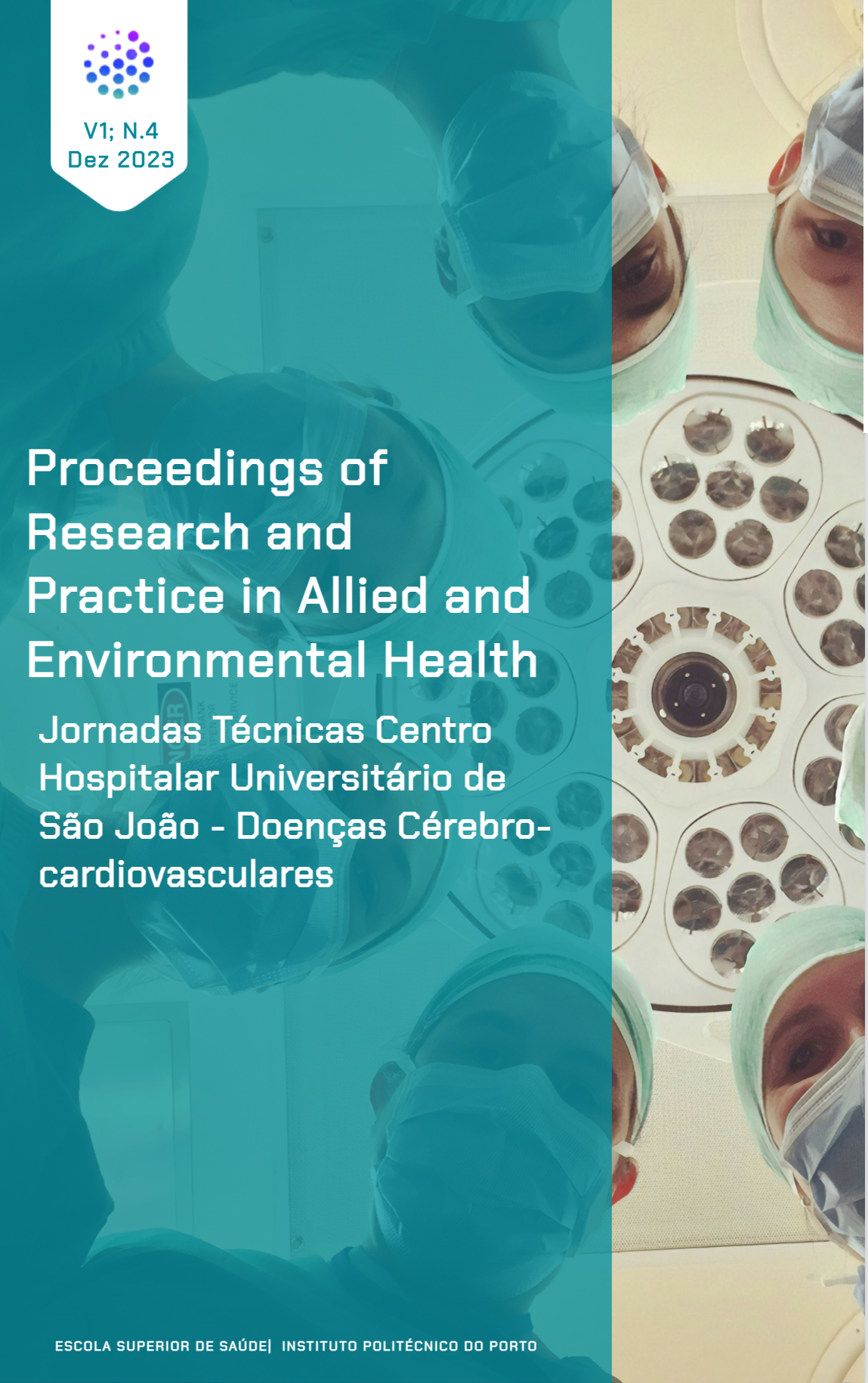Abstract
Background: Bobath concept/Neurodevelopmental Treatment (NDT) is an inclusive, individualized, problem-solving approach, informed by current knowledge on movement and Neuroscience, for individuals with neurological conditions, widely used in stroke rehabilitation, with particular emphasis on movement performance and quality [1,2]. Objective: The aim of this review is to describe how the contemporary Bobath concept is conceptualized in adult neurorehabilitation. Methods: This review adopted the Joanna Briggs Institute (JBI) guidelines. Research articles and non-research papers were searched in electronic databases PUBMED, CINAHL, Scopus, Web of Science, ScienceDirect and PEDro, and the search engine Google Scholar, with the keywords “Bobath” or “Neurodevelopmental Treatment”, published in English, Spanish or Portuguese language, between 2013-2023. The inclusion criteria were population with adult acquired neurological pathology with sensory and/or motor deficits; cognitive impairments were excluded. Results: Of the 1050 publications searched, 31 articles were identified that addressed the conceptual underpinnings of Bobath concept, especially in adult stroke neurorehabilitation: 7 theoretical papers, 7 Delphi/surveys/mixed methods studies, 4 qualitative studies, 1 scoping review, 10 letters to the editor and 2 editorials. The revised definition and the Model of Bobath Clinical Practice provides a clarification of the unique aspects of this person-centered approach, as the integration of posture and meaningful task selection/task performance, appropriate manipulation of sensory inputs (facilitation) and a distinctive clinical reasoning process. A new clinical skill was identified – visuospatial kinesthetic perception – which are integral to Bobath clinicians theoretical and professional practical knowledge, as well as how Bobath experts conceptualize movement. All of the above requires consideration in the development of Bobath effectiveness studies. Conclusions: This review provides an updated Bobath clinical framework that gathers the theoretical foundations and clinical principles that require careful consideration in clinical practice and research, particularly by physiotherapists and occupational therapists in adult post-stroke rehabilitation. Further research is needed.
References
Michielsen, M; Vaughan-Graham, J; Holland, A; et al. The Bobath concept - a model to illustrate clinical practice. Disabil Rehabil 2017, 41, 2080–2092.
Vaughan-Graham, J; Cheryl, C; Holland, A; et al. Developing a revised definition of the Bobath concept: Phase three. Physiother. Res. Int 2019, 1–10.

This work is licensed under a Creative Commons Attribution-NonCommercial-NoDerivatives 4.0 International License.
Copyright (c) 2024 Sofia Marques, Julie Vaughan-Graham, Rui Costa, Daniela Figueiredo

